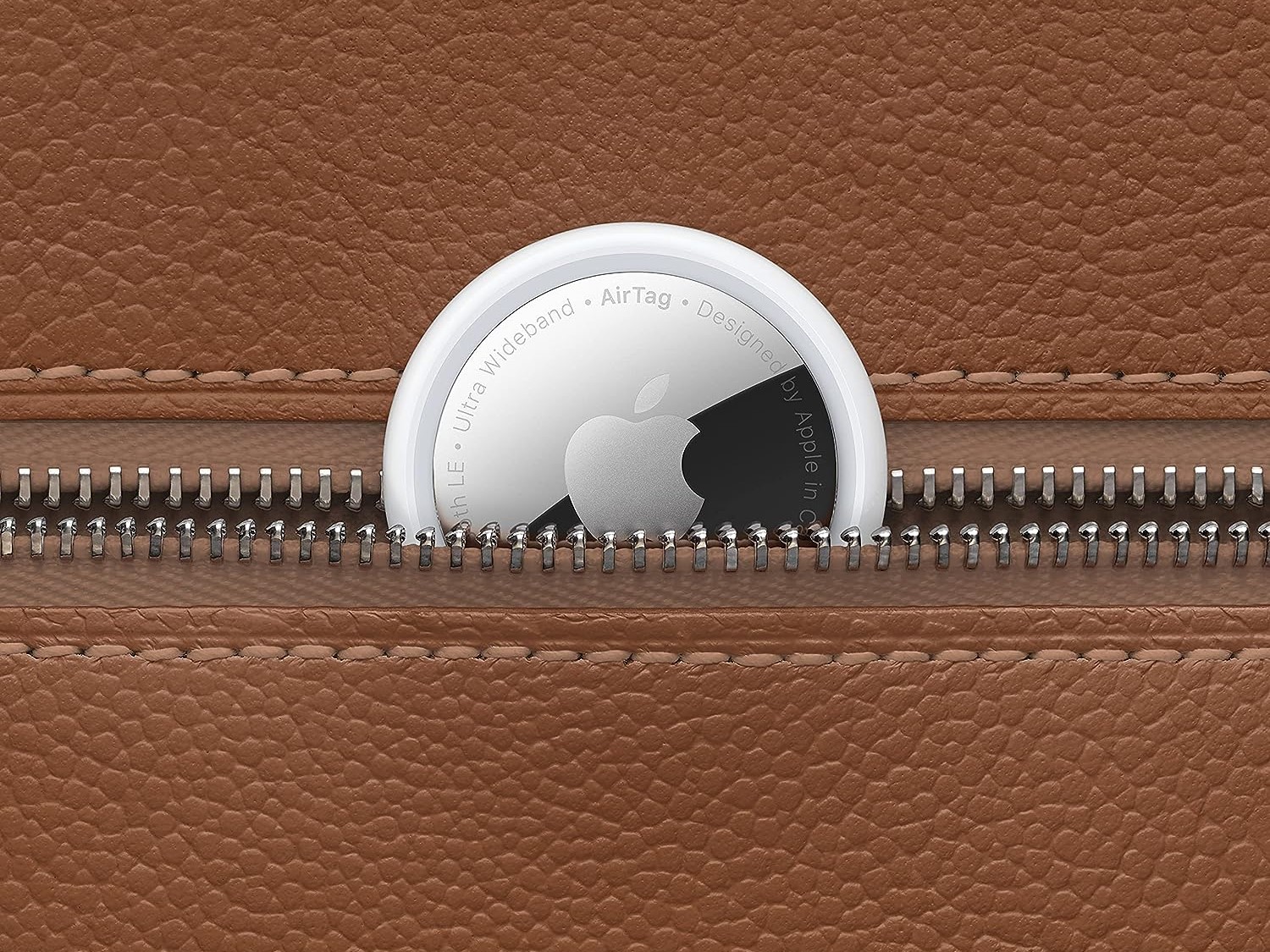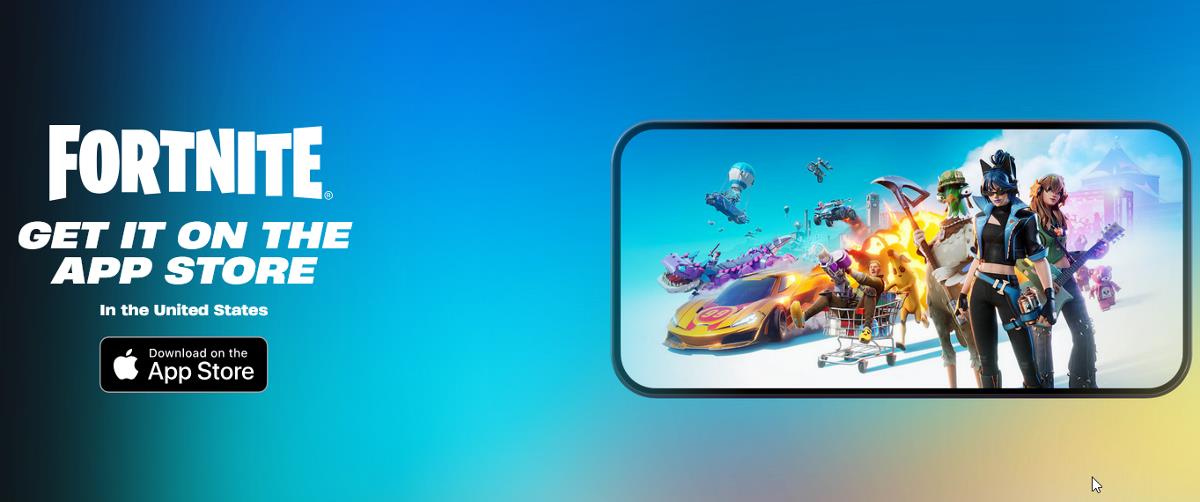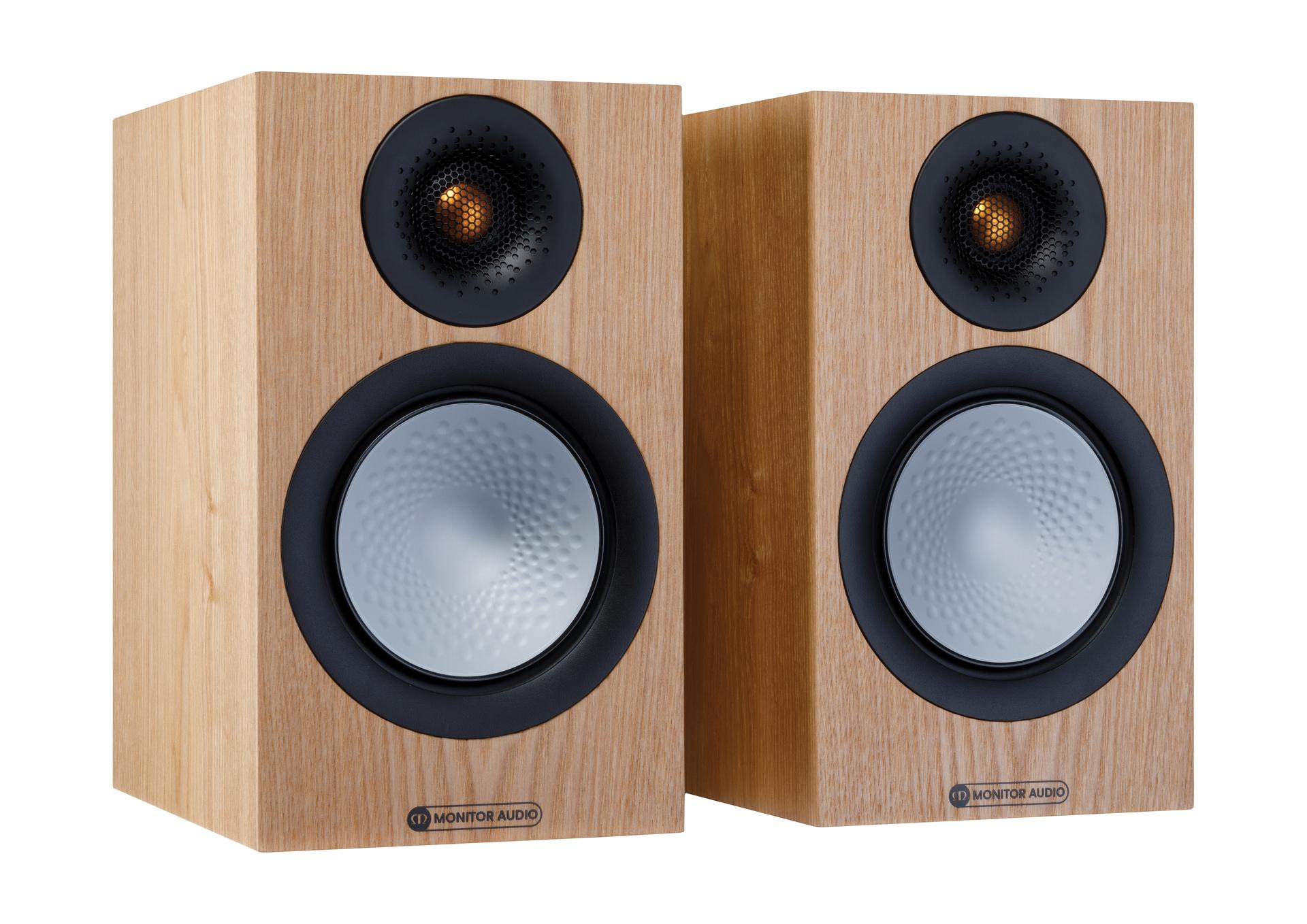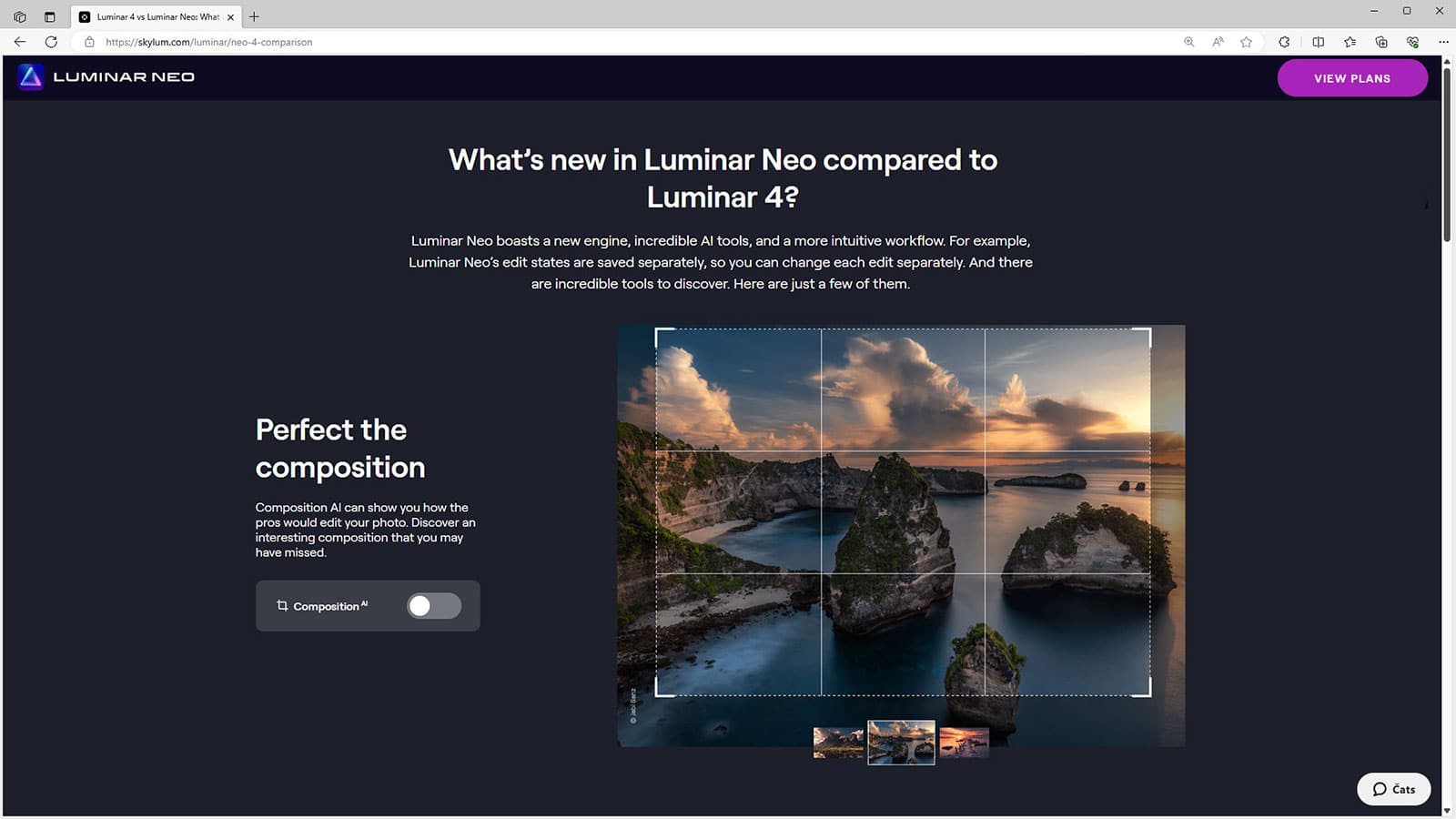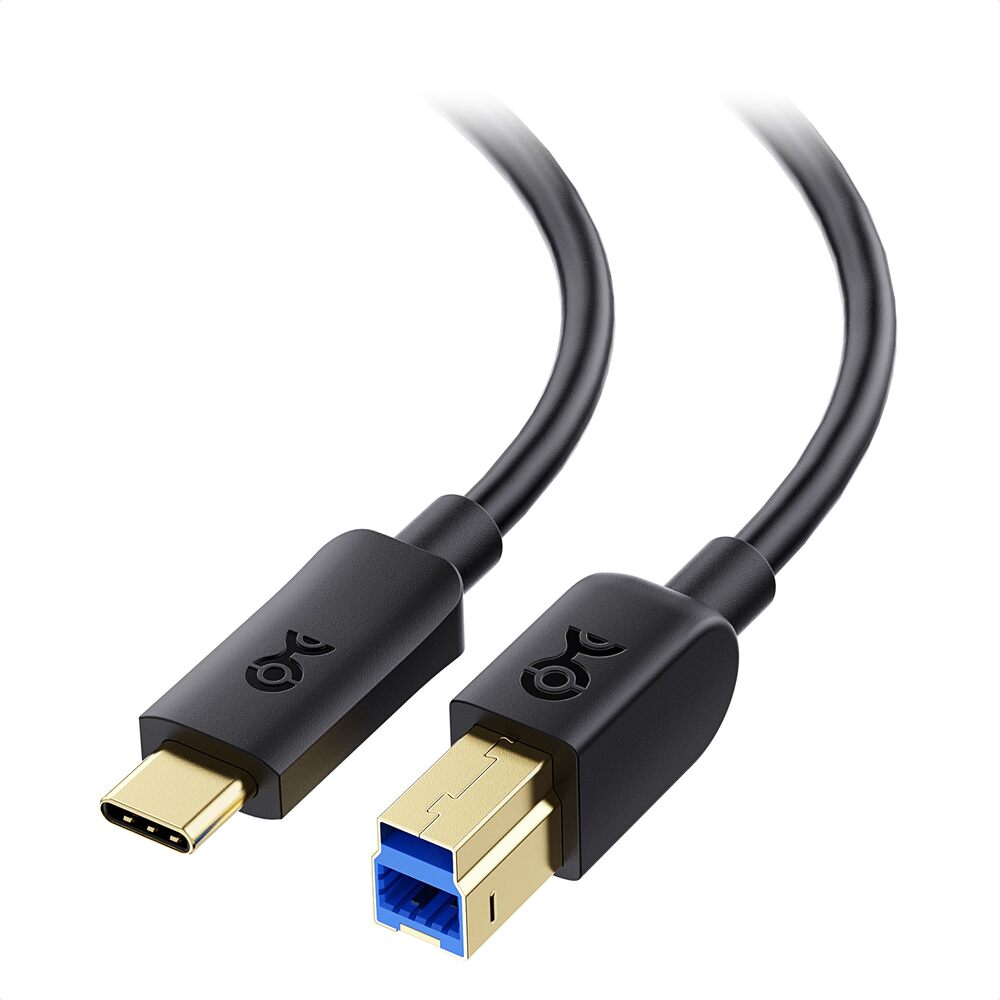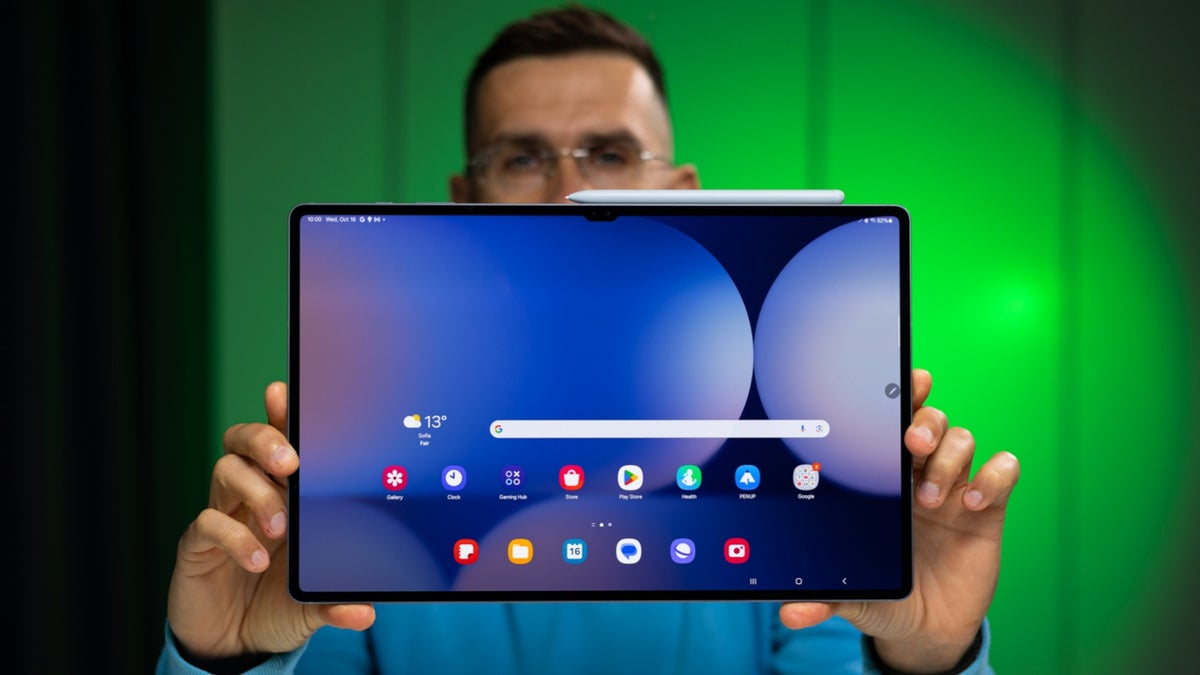iOS 26.1 Brings Slider Feature for Alarms: Steps to Reclaim the ‘Stop’ Button
### Apple Allows You to Swap ‘Slide to Stop’ Gesture in iOS 26.1 for the Classic ‘Stop’ Button for Alarms and Timers
With the launch of iOS 26, Apple unveiled a major overhaul for alarms and timers on the Lock Screen. The updated interface offered larger ‘Stop’ and ‘Snooze’ buttons, designed to enhance tap convenience. However, this adjustment resulted in unintended effects, as several users reported mistakenly silencing their alarms.
To remediate this concern, iOS 26.1 introduced a fresh ‘Slide to stop’ gesture, replacing the old ‘Stop’ button. This change necessitates that users engage more deliberately when dismissing an alarm or timer, employing a traditional slider design that harks back to the original iPhone’s unlock feature.
While a segment of users values the new slider for its nostalgic aesthetics, others experience frustration, particularly those who favor the ease of a button. Acknowledging this input, Apple has provided an alternative to return to the conventional ‘Stop’ button.
In iOS 26.1, users can go to **Settings ⇾ Accessibility ⇾ Touch** to turn off the new slider. By activating the ‘Prefer Single-Touch Actions’ setting, the single-tap ‘Stop’ button will be restored, enabling a simpler alarm dismissal experience.
This feature is part of a wider initiative in iOS 26.1 to provide customizable settings, accommodating diverse user preferences.
What do you think about the new slider for alarms in iOS 26.1? Will you revert to the ‘Stop’ button? Share your thoughts in the comments.
Read More



